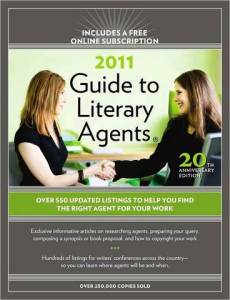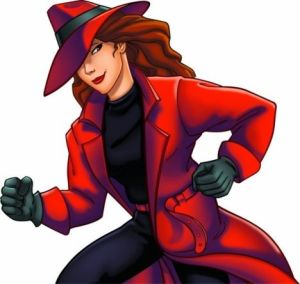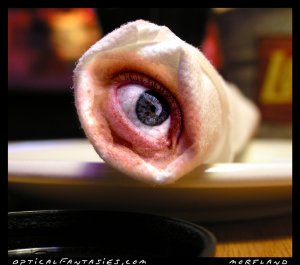Last night, the Write-Brained Network hosted its first live chat since moving back to Ning.
The topic was broad—query and agent-related support—but we kept a good convo going.
The gist . . .
One of the reasons we chose this particular topic for the chat was because of a question a Write-Brainiac had: How do you know know when to heed an agent’s advice in terms of making changes to your manuscript? This particular writer was talking about when one gets a personalized rejection—not when one gets an editorial letter or something, etc.
Some of the suggestions from the group:
- Always. An agent knows what sells and what will make your book more salable. That is why you are querying an agent in the first place.
- When the feedback resonates with you.
As we talked, I extended this idea of resonating to not just agent feedback, but for all feedback you receive—be it from betas, crit partners, your writing group, your mom, agents, or editors.
As I have been preparing to query myself (and, therefore, getting lots of feedback on my manuscript from multiple sources), I have thought much on this subject.
It seems like, at least for me, whenever I write something, I have certain insecurities with it—things that tug at my guts a little, and I’ll think, “If this scoots past X, Y, and Z betas, then it must be okay.” Many times, those are the things X, Y, and Z betas mention as items to change, cut, condense, or expand. So, when I get their feedback, it resonates—and I know it’s not just my writerly insecurities being all OCD. (Sometimes that is the case, however!)
On the topic of resonating . . .
Sometimes you’ll get feedback that you never would have considered or recognized yourself. (This is why you need to get feedback, people!) It’s a subjective business, and sometimes someone will come up with a killer idea or ask a question that spawns a twist you hadn’t anticipated—but that is a good problem to have. If it resonates, if you can see how incorporating the suggestion would make the book better, then, I say, do it!
More from the chat . . .
Another Write-Brainiac asked about nonfiction books and whether or not the writer should secure the rights to photographs prior to querying agents, or if that is the agent’s job.
This was a bit of a stumper. We discussed it as best we could—I gave some suggestions based on what I know of related situations, but none of us pretended to be experts in this area. If you *are*, please leave advice in the comments!
My immediate response to this was that, the closer a writer comes to having everything in place before he queries, the more professional and “together” the writer will appear to the agent. Less work for the agent = happier agent, etc.
However, I can also see where this might not be the case.
Related(ish) examples . . .
Children’s author Gail Langer Karwoski spoke at the Southeastern Writers Association conference last summer about something similar, regarding the writer/author relationship:
- Most picture books begin with the story, unless you have a legal relationship with the illustrator (it’s you, your relative, your spouse).
- If there’s no legal relationship and you’re trying to suggest an illustrator in your proposal, it’s like a siren screaming “AMATEUR” (=rejection).
- Many times, pub houses will pair a newer author with a more established illustrator to increase the book’s chances of selling.
- If you can do both (you don’t just “doodle”), you should; just make sure your proposal is professional.
- Many agents want author/illustrators (because it’s less people to pay and more of a cut of the money for them).
Also, I know that, when my Writer’s Digest Books editor, Chuck Sambuchino, wrote his Gnomes book—which is a nonfiction, humor book—he wasn’t expected to have the photos with it. The publisher, Ten Speed Press, chose photographers to take pictures, and Chuck and his agent were able to pick their favorite from there. (I also understand that the author having a say in that kind of thing isn’t common.)
Along the lines of securing rights, if there are specific photos you want and *you* are taking them (and there’s a reason you are the only one who can take said photos), I believe you technically already own the rights to them, as soon as the picture is snapped. Same thing with writing. Yes, you can register something with the U.S. Copyright office, but you actually “own” something as soon as you write it.
However, the WBer with the question was actually asking about photos of a structure that no longer exists—so it’s not as though new photos can be taken of it. From what I know and what I’ve read*, my instincts lead me back to my initial answer—that the writer should have the rights secured before querying the agent.
Anything to add?
—
*Helpful copyright articles from the Guide to Literary Agents blog:
**Not a Write-Brainiac yet? Click here to get started.











































